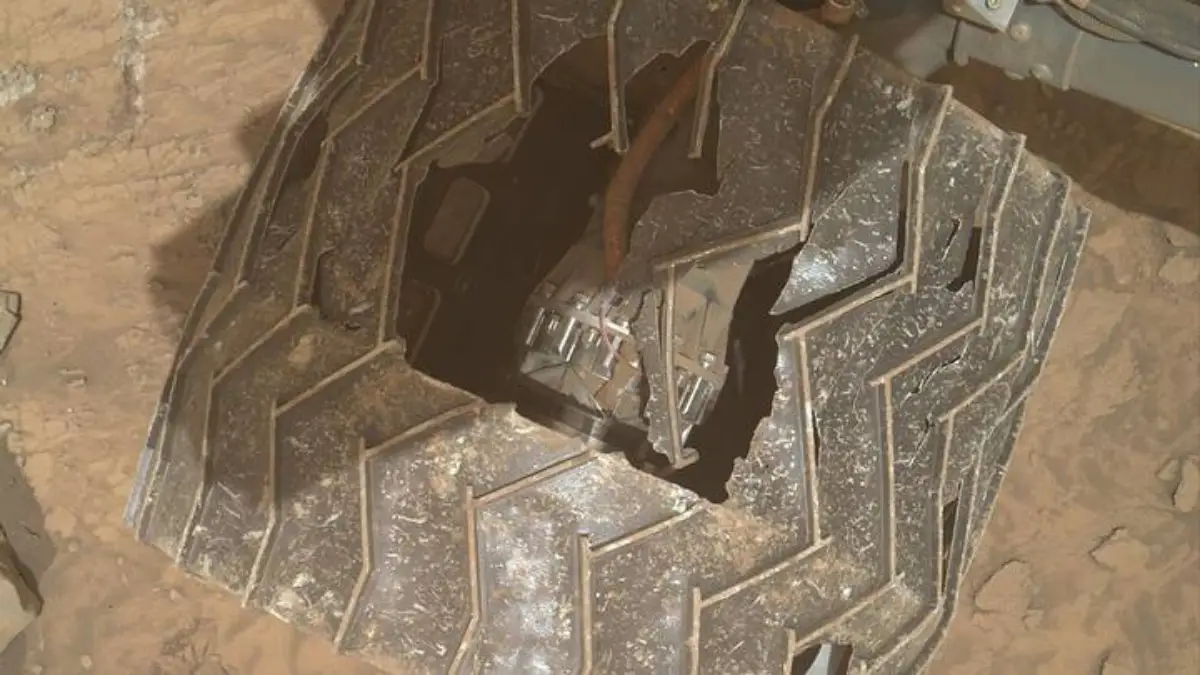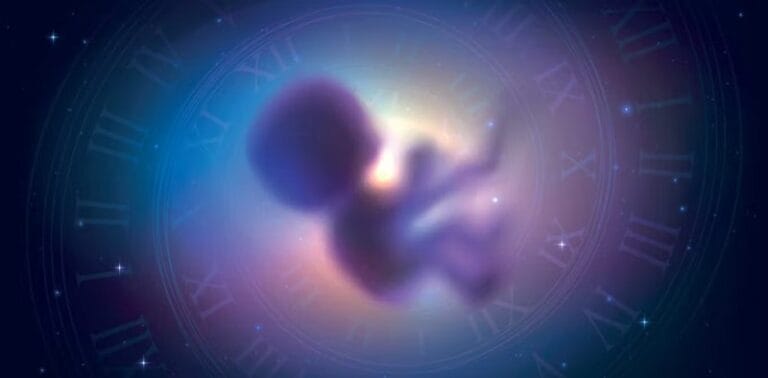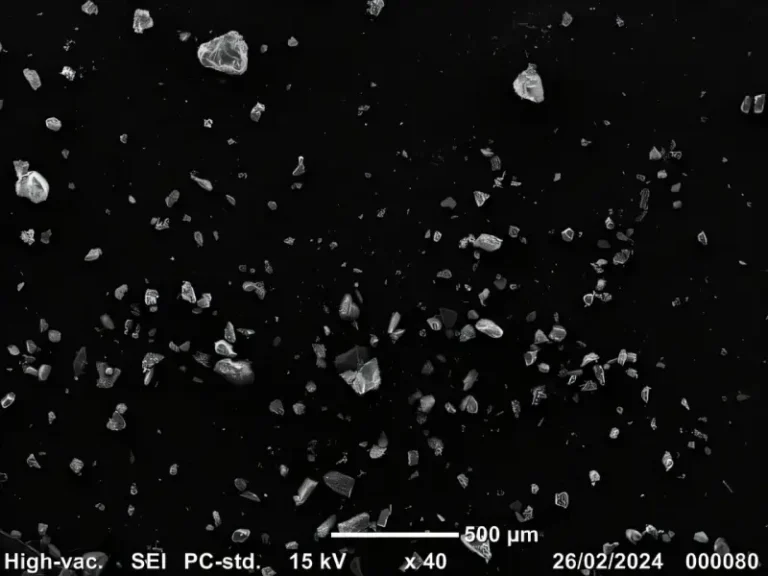Images reveal a giant hole in the Curiosity rover’s wheel

Recent images have unveiled several large perforations in one of the wheels of the Curiosity rover, underscoring the significant wear and tear endured by the robotic explorer after 12 years of navigating the harsh terrain of Mars.
Curiosity landed on Mars on August 5, 2012, with an initial mission duration of only two years. However, the rover has far surpassed its expected lifespan, completing 4,323 Martian days (sols) and covering more than 32 kilometers within Gale Crater, its landing site. Throughout this extended mission, Curiosity has conducted extensive scientific investigations, including studying the Martian atmosphere, searching for potential signs of extraterrestrial life, and observing phenomena such as the opposite side of the Sun.
True to its name, the rover has made several remarkable discoveries, including a rock shaped like a book, a mineral formation resembling a flower, rocks with patterns resembling an eye, geological formations with precise right angles, and a peculiar structure dubbed the “alien door.”
Recently, new images captured by Curiosity’s MAHLI (Mars Hand Lens Imager) camera and released by NASA on September 24 reveal significant wear on the rover’s right center wheel. The photos show multiple large tears and scratches, including a prominent hole exposing the internal components of the wheel. It remains uncertain when this damage occurred or whether the rover’s other wheels have sustained similar deterioration.

“Despite the alarming appearance and having endured the worst mistreatment from Mars, Curiosity remains in good shape,” mission operations engineer Ashley Stroupe said in a statement.
There are currently no signs that Curiosity will cease functioning in the near future. However, should it stop, it would join the expanding list of Mars rovers that have concluded their missions, including China’s Zhurong rover, which was confirmed inactive last year after months of speculation regarding its silence, and NASA’s Ingenuity helicopter, which transmitted its final communication to Earth in April.






